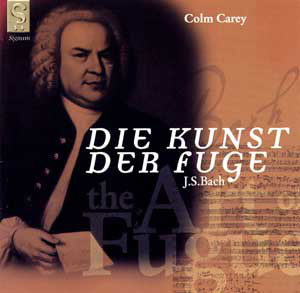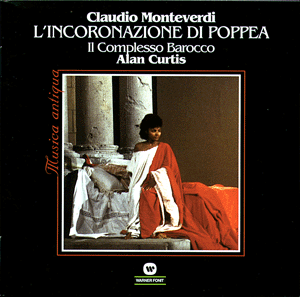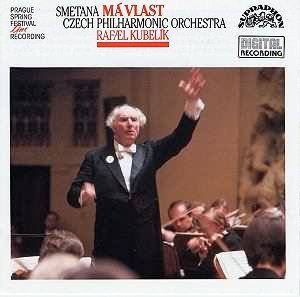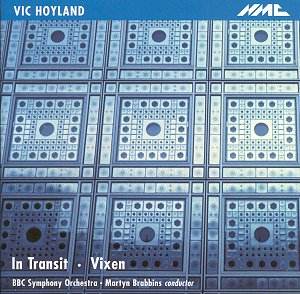 Composer: J.S. Bach
Composer: J.S. Bach
Works: Der Kunst der Fugue (The Art of Fugue)
Performers: Colm Carey, organ
Recording: Recorded November 2000, Dutch Church, Austin Friars, London
Label: SIGNUM
The Art of Fugue, an enigmatic masterwork by J.S. Bach, stands as a monumental testament to the composer’s contrapuntal prowess. Written towards the end of his life and left unfinished, this collection of fugues and canons encapsulates Bach’s exploration of polyphonic techniques and compositional ideals. The absence of specified instrumentation has led to a plethora of interpretations, each attempting to illuminate different facets of Bach’s genius. Colm Carey’s rendition on the organ, recorded at the Dutch Church in Austin Friars, London, offers a fresh lens through which to appreciate this complex tapestry, bringing forth the work’s intricate structure and profound emotional depth.
Carey’s interpretation is marked by a commendable balance between intellectual rigor and expressive nuance. While the organ might not be the most conventional choice for The Art of Fugue—often associated with the harpsichord—Carey’s registration and touch enable a compelling dialogue between the voices of the fugues. The organ’s capacity to project a wide dynamic range is particularly advantageous in the context of this work, as it allows for a rich palette of timbres that can evoke both intimacy and grandeur. The vivid contrasts he achieves—especially in the climactic moments of Contrapunctus 12—demonstrate a keen understanding of the dramatic arc within the contrapuntal narrative.
Recording quality plays a significant role in the overall impact of this performance. The engineering captures the rich tones of the organ without overwhelming the contrapuntal textures. Each voice is distinctly articulated, allowing for a clear understanding of the intricate interweaving that defines Bach’s style. The sound is warm and resonant, with just enough presence to convey the organ’s unique character, enhancing the listener’s engagement with the music. Carey’s attention to registration throughout the cycles of fugues allows for a varied soundscape; for instance, the use of softer stops in the earlier contrapuncti creates a sense of intimacy that contrasts effectively with the more fortissimo passages later in the cycle.
The decision to focus solely on the twelve fugues provides a concentrated narrative experience. By omitting the mirror fugues and canons, Carey creates a coherent journey through these complex counterpoints, deepening the sense of thematic development. This choice resonates with the listener, as the unfolding musical ideas become increasingly intricate and interrelated. The narrative structure, while rigorous, does not feel monotonous; rather, the evolution of the thematic material invites repeated listening. For example, the transformation of a counter-subject into a fugue subject, as seen in Contrapunctus 9, is executed with clarity and insight, allowing the listener to appreciate the subtleties of Bach’s contrapuntal invention.
Carey’s performance can be situated within a larger context of recordings of The Art of Fugue. While interpretations by Glenn Gould or Gustav Leonhardt on the harpsichord offer remarkable insights into the work’s character through their respective mediums, Carey’s organ rendition stands out for its unique ability to convey both the cerebral and the visceral elements of Bach’s music. The organ’s vast sound potential can sometimes feel at odds with the intimate nature of the fugues, yet Carey navigates this with finesse, creating a compelling argument for the suitability of the instrument.
Colm Carey’s version of The Art of Fugue is a thoughtful and engaging interpretation that not only honors Bach’s intentions but also invites the listener to explore the depths of his contrapuntal mastery. The careful registration choices, combined with a clear sense of narrative progression, create a performance that is both intellectually stimulating and emotionally resonant. Whether one is an aficionado of the organ or new to Bach’s music, this recording offers a valuable perspective on a cornerstone of the Western classical canon.



